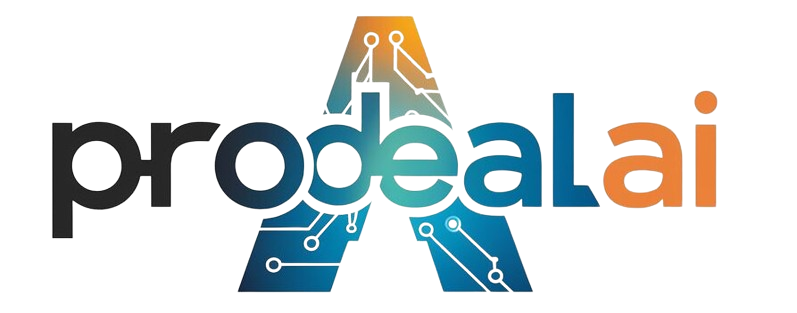Automated financial reporting systems offer numerous benefits for organizations of all sizes. These systems provide a streamlined and efficient way to generate accurate financial reports, saving time and reducing the risk of errors. Here are some of the key advantages of implementing automated financial reporting systems:
1. Time-saving: Manually creating financial reports can be a time-consuming process, requiring employees to gather data from multiple sources, input data into spreadsheets, and double-check for accuracy. Automated financial reporting systems streamline this process by automatically collecting, consolidating and analyzing data in real-time. This allows finance teams to produce reports quickly and frees up time for other important tasks.
2. Accuracy: Manual financial reporting is prone to human error, such as typos, miscalculations, and inconsistencies in data. Automated systems significantly reduce the risk of errors by automating the data entry process and performing calculations with precision. This ensures that financial reports are accurate and reliable, which is essential for making informed business decisions.
3. Compliance: Automated financial reporting systems can help organizations comply with regulatory requirements and industry standards. These systems can be configured to generate reports that meet specific compliance standards, such as Generally Accepted Accounting Principles (GAAP) or International Financial Reporting Standards (IFRS). This reduces the risk of non-compliance and potential legal issues.
4. Data visualization: Many automated financial reporting systems offer data visualization tools that make it easy to interpret and communicate complex financial information. Graphs, charts, and dashboards can help finance teams and stakeholders to quickly understand and analyze key financial metrics, trends, and insights.
5. Scalability: As organizations grow and evolve, their financial reporting needs become more complex. Automated financial reporting systems can easily scale to accommodate a growing volume of data and reporting requirements. This flexibility ensures that organizations can adapt to changing business needs without having to invest in costly manual processes.
6. Cost-effective: While there is an initial investment required to implement automated financial reporting systems, the long-term cost savings can be significant. By reducing the time and effort spent on manual reporting processes, organizations can lower operational costs and improve overall efficiency. Additionally, automated systems can help identify areas of inefficiency and optimize financial processes for maximum ROI.
In conclusion, implementing automated financial reporting systems can provide organizations with a competitive advantage by improving accuracy, efficiency, compliance, and scalability. These systems enable finance teams to focus on strategic decision-making and analysis, rather than manual data entry and reporting. By leveraging the benefits of automated financial reporting systems, organizations can drive growth, reduce risks, and enhance overall financial performance.


